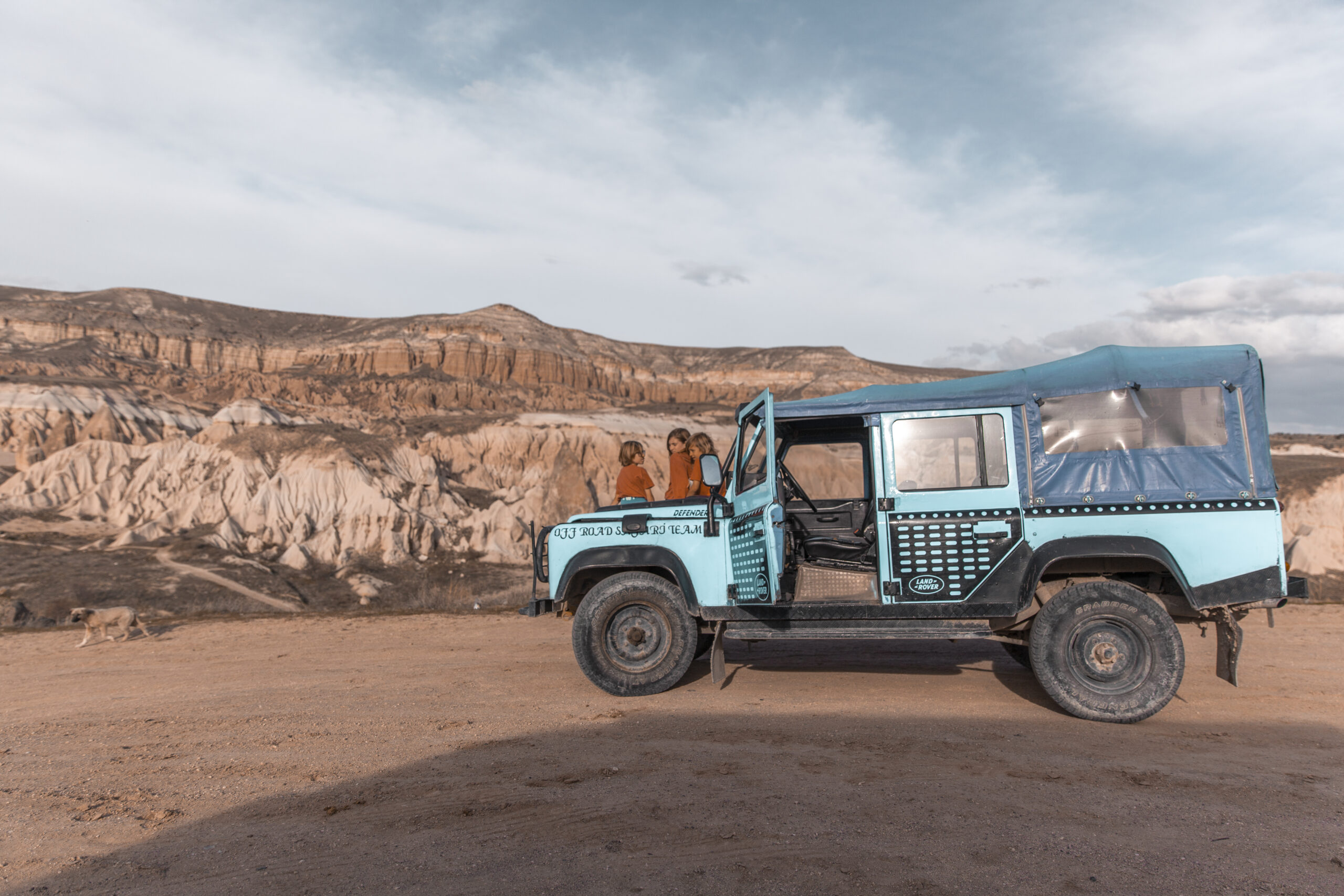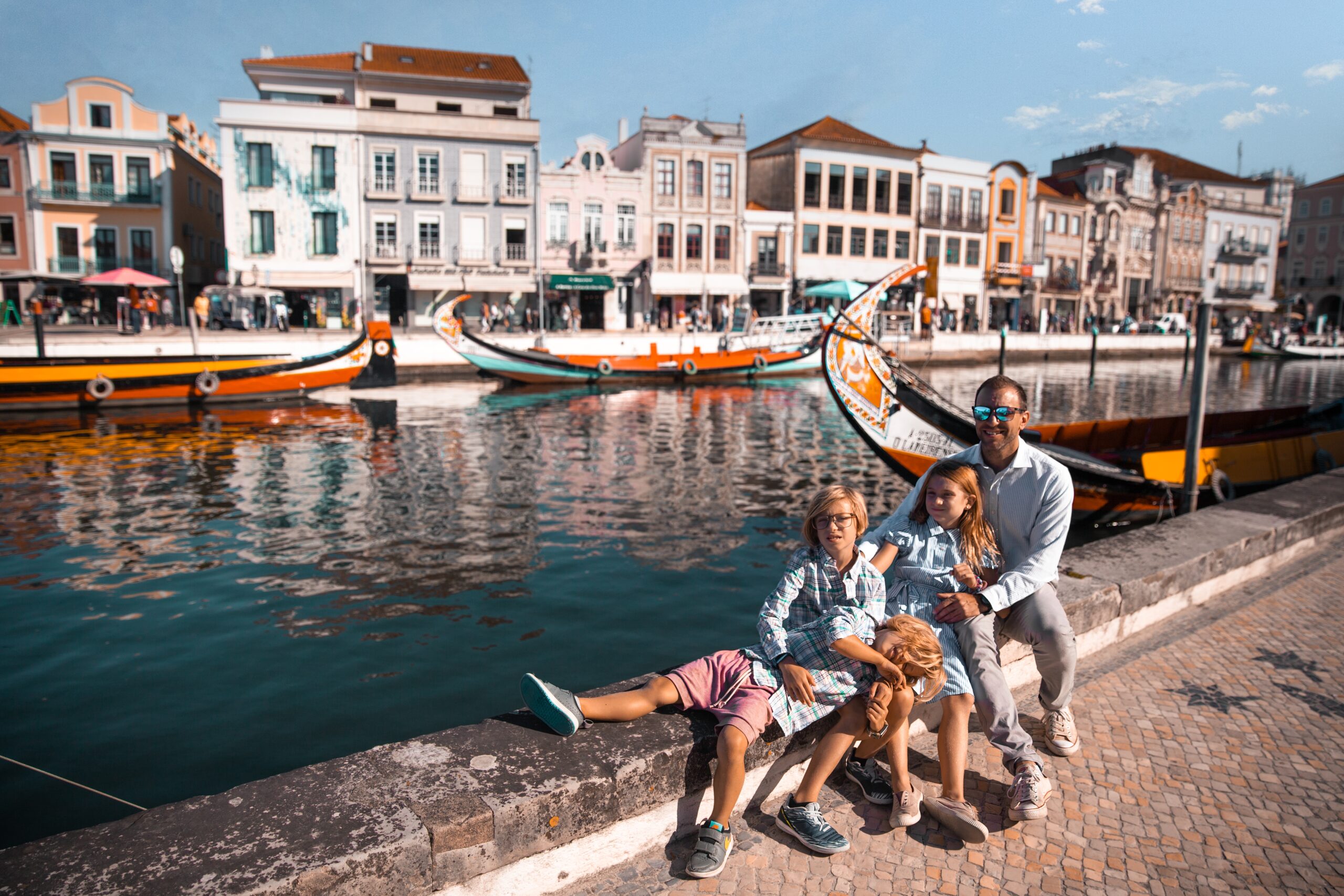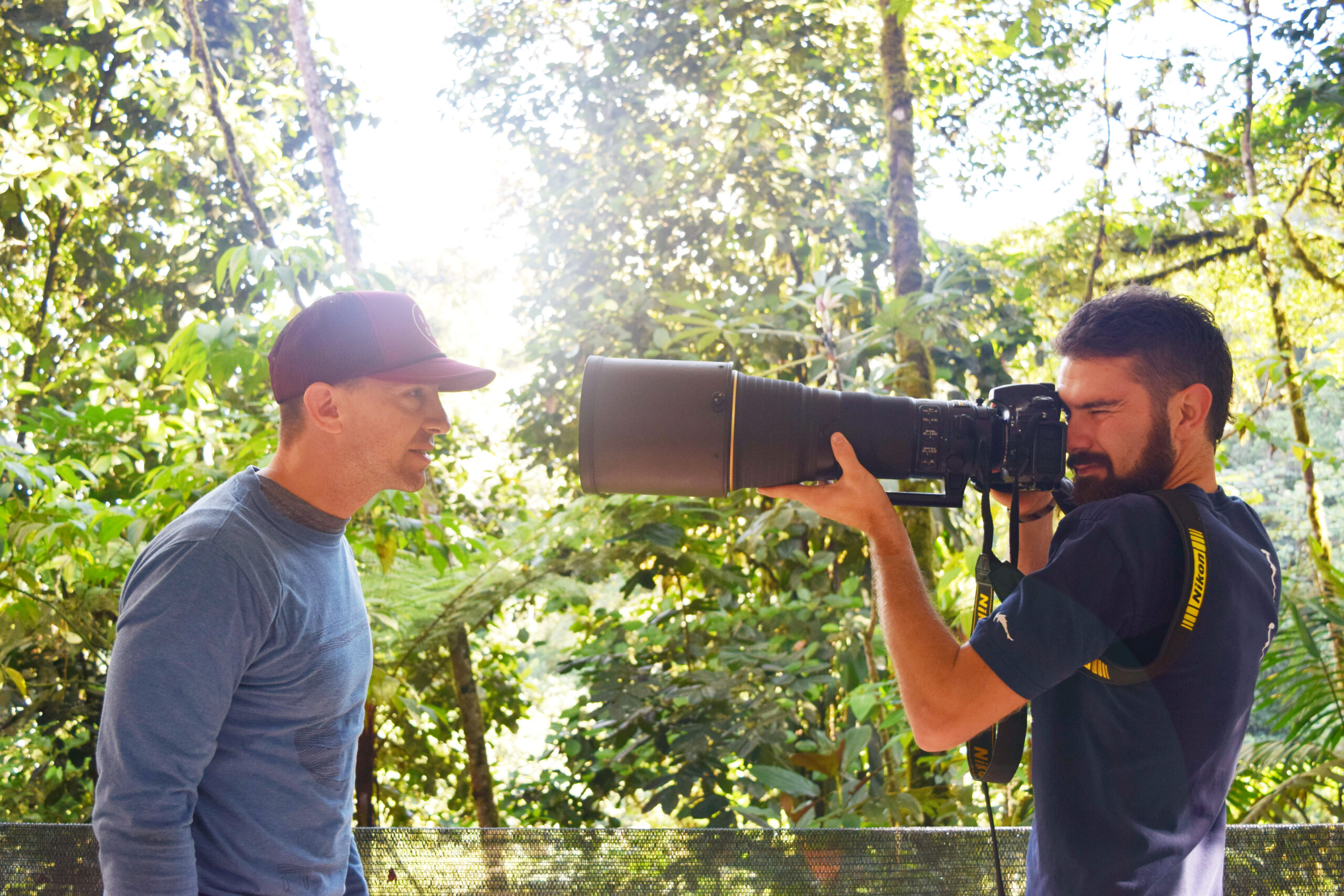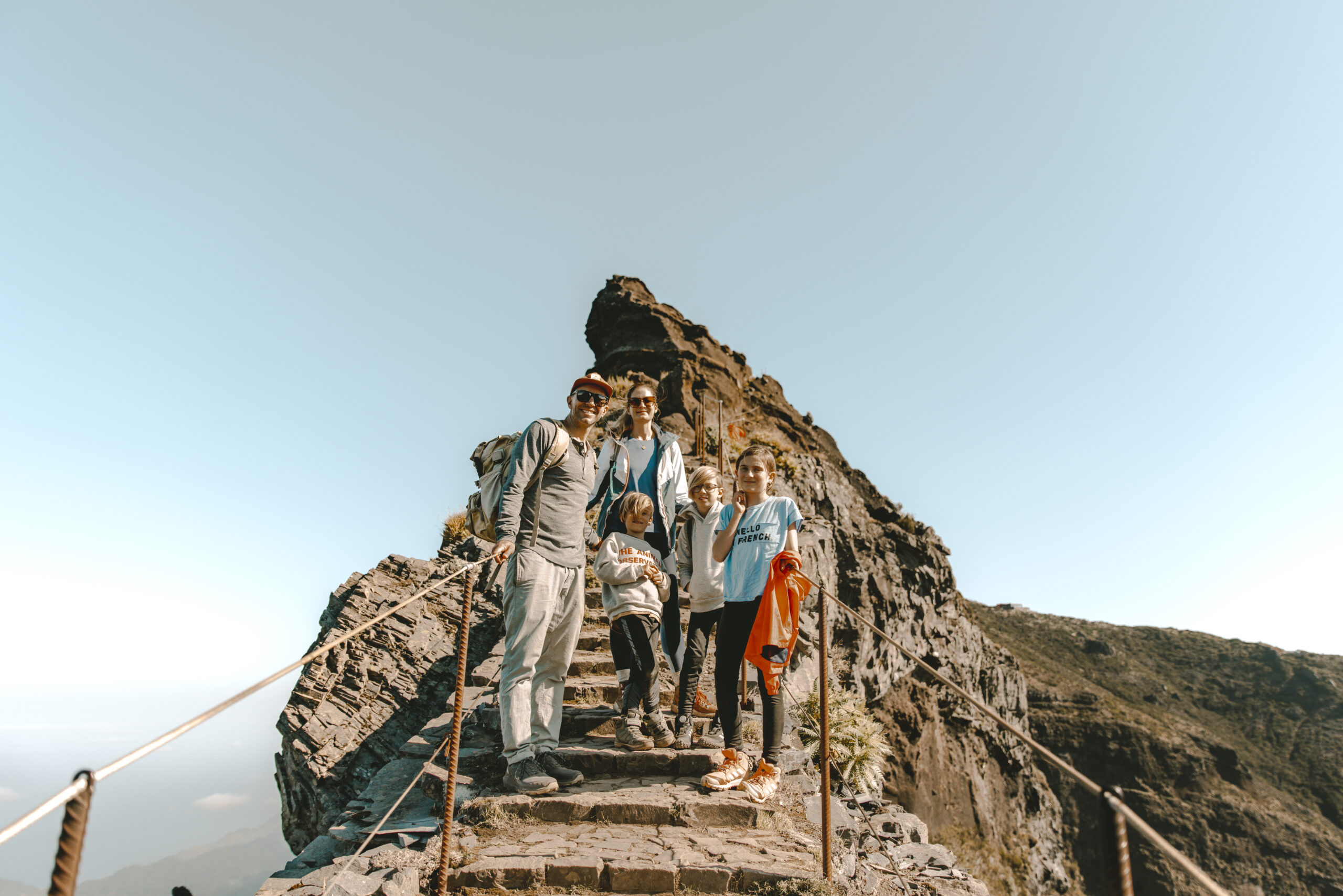The Oberoi Udaivilas, Udaipur, India
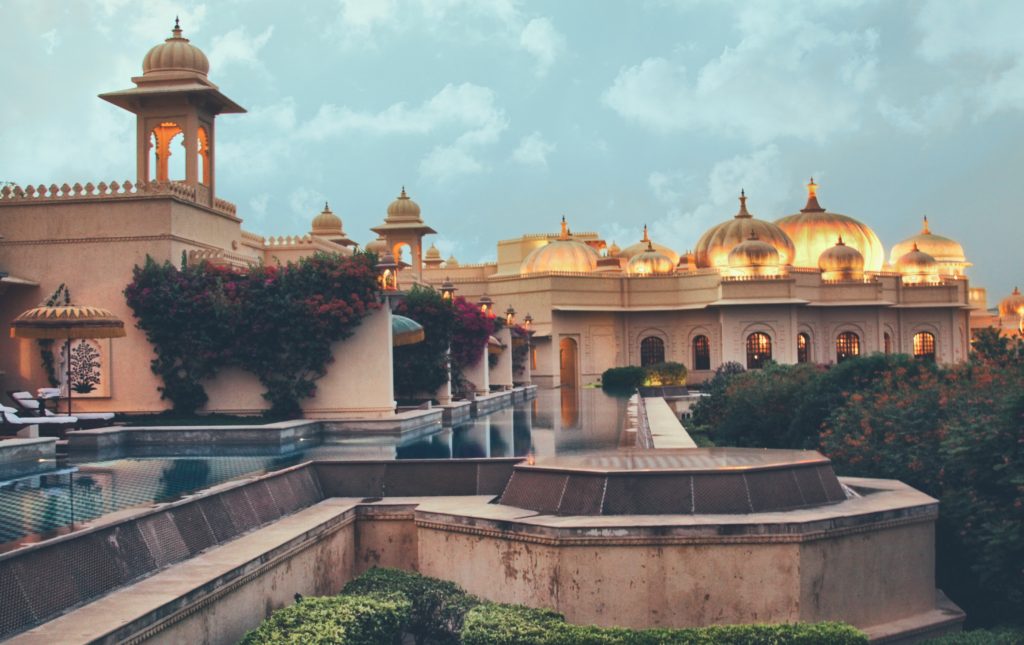
The Oberoi Udaivilas, Udaipur, India Deep in the Indian state of Rajasthan, lies what I believe to be a gem of a city. Udaipur, the historic capital of the kingdom of Mewar, is a far cry from Delhi, Agra, Jaipur, Mumbai, etc. It’s sleepy and comfortable, exotic and refined. It’s like a getaway within a getaway. A place to escape the hustle, bustle, and 1.3b people of India. Though there are many things to do within the city, we found Udaipur to be the perfect place to relax at our hotel and melt into relaxation. There are many amazing hotels to choose from in Udaipur, but none more elegant that the Oberoi Udavilas. Location and History Located on the bank of Lake Pichola, The Oberoi Udaivilas manages to remain unique amongst luxury hotels in Udaipur. Spread over fifty acres that abut the sparkling Lake Pichola, it rests on the 200-year-old hunting grounds of the Maharana of Mewar. Twenty of those acres are protected as a wildlife sanctuary with deer, peacocks, and wild boar. The Layout, the Prestige You arrive at the domed palace by private boat and are immediately treated like royalty. Every staff member makes a point of politely recognizing and addressing you (in a sometimes demonstrably deferential way – picture someone dropping what’s in their hands so that they could make a praying sign with their hands while bowing). The hotel itself has an intricate layout of interconnecting domes and corridors that actually reflects the layout of Udaipur itself; whose seven lakes are linked by canals. The domes and walkways are flooded with natural light, which gentle, cool breezes flowing throughout (Udaipur is almost 2,000 feet above sea level, which means it can be refreshingly cool in the hellish summer months). If that doesn’t sell you, the Oberoi Udaivilas was voted Best Hotel in the World by Travel + Leisure in 2014 and 2015. What to Do As you’d expect from any hotel, there’s an 18th-century former palace on-site, Bada Mahal, which you can explore at leisure. There’s also many activities available, such as: culinary classes, yoga, camel rides, Henna lessons, art classes, lake cruises, sightseeing tours, and luxury on-site spa treatments. But, basically, you can just walk the grounds and be amazed at the ornateness. The Room There are a few different types of rooms – two types of suites, two types of premier/standard. Some with a courtyard off the back end; some with a shared pool that wraps around the hotel off the back end; other suites that we didn’t get a chance to view (we’re not actually royalty). We stayed in the middle tier room (the Premier Room with a semi private pool) – and had the shared pool mostly to ourselves. The Pools, the Pools, the Pools. It’s all About the Pools. They’re seemingly everywhere. And they’re all amazing. The Details, the Crazy Attention to Details Walk into any room and you’ll find class. Each little nook, each cranny filled to the brim with class. How do I define class? Oh, I don’t know…quality textiles, no cheap shortcuts, no real cracks in the foundation (literally and figuratively), and candles, lots and lots of candles. The Food We basically never left the hotel for our meals. Traditional fare, as well as food that agrees with Western tastes. It was all there. We did order room service on one very romantic night. We even ordered wine with our meal – which is quite the luxury in this country. Our server remained out on our room’s deck for quite some time with the bottle of wine in hand, lest we need a refill. Being embarrassed of, and unaccustomed to, such over-the-top service, we struck up a long conversation with our server. We had him grab himself a glass and we drank together – staff and guest. It was the first time he had tried wine. He told us that no-one had ever taken the time to talk to him like we had. At the end, he told us it was the greatest moment of his life. I’m not sure if that makes me happy or incredibly sad. Last Reason to go Here
Patara Elephant Farm – Chiang Mai, Thailand
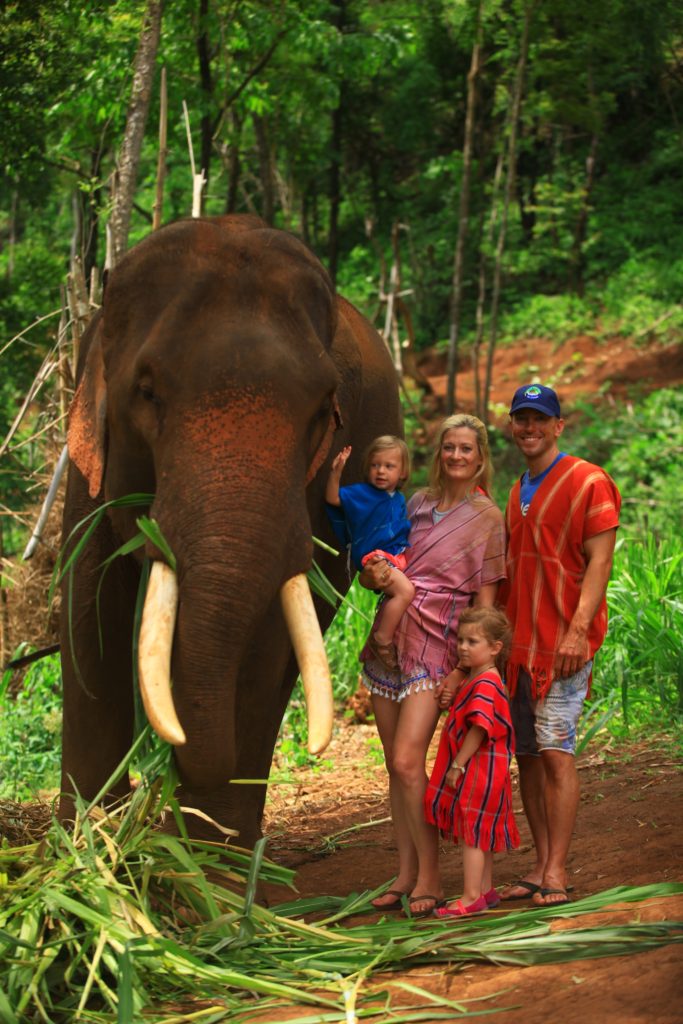
Patara Elephant Farm – Chiang Mai, Thailand Picking an Elephant Park/Farm/Sanctuary to Visit If you go to Thailand you’ll want to see elephants. And the best place to see elephants in Thailand is Chaing Mai. Now, the real difficulty lies in which elephant park/farm/sanctuary to go to. There are many bad places out there and there are certainly ethical concerns with just about every place. Do you want to go to a place where the elephants and chained and forced to paint on easels for you? Absolutely not (they’re basically slaves, trained to perform with metal bull-hooks and nails). Should you go to a place that allows you to ride them using an abrasive chair/seat/saddle? Absolutely not (it’s really abrasive on their sensitive skin). Should you ride them at all? Great question (and don’t be mad at me if I did)…. So, there are places where you can “take care” of elephants for the day. These places include learning about the animals, playing with them, feeding them, walking them, and bathing them. One such place that we can personally recommend is the Patara Elephant Farm. In fact, Patara is Thailand’s only elephant breeding farm (technically a “health-recovery and reproduction-management farm”). And at Patara they offer a program called “Elephant Owner for a Day,” which pairs you up with an elephant (and possibly their baby) to take care of. We’ve been twice now, six years apart – once with kids and once without. We’ve even had the same elephant on successive visits (purportedly the elephant would be able to immediately recognize our children by remember our scent from years ago – not sure this was true). So, here is what a typical day at Patara entails: Playing With Them Certainly my favorite part. You really don’t full comprehend how physically imposing these creatures are until you’re face to face with them. Now, when we went, Patara had two baby elephants – one two months old; another four months old. The two-month-old actually weighed more than the four-month old because the four-month-old came from a mother who had been rescued from a circus. Because of the mental anguish brought about from performing in a circus for years (think scary clowns and all), the mother gave birth to a very undersized baby. The baby was so undersized that its mouth could not reach the mother to feed. The Patara caretakers (“mahouts”) built a soft cushion and affixed it to the mother’s rear legs so that the baby could boost itself up. Now, these babies will just bullrush you. Easy for an adult to stay on their feet; kids will get knocked down. But the bullrush is extremely playful. It’s exactly like wrestling with your short, tenacious, 270lb. cousin who always dominates you. Feeding Them and Examining Their Poop You’ll quickly learn key Thai words to use during your time at Patara. You’ll learn words boun, which means “open your mouth,” and didi, which means “good.” You’ll soon find yourself talking like a toddler the entire time you’re there. Boun. Boun. Di-diiiiiii. Di-diiiiiii. But it’s ok, everyone’s doing it. Sticking your hand inside of an elephant’s mouth should be on everyone’s bucket list. It’s a remarkable sensation that excited the adults and terrified our kids. Elephants live off of a ridiculously clean diet. You feed them tamarind, bananas, and the occasional piece of sugar cane. Elephants can eat up to around 300lbs. of food a day. The mantra at Patara is – “Eat like an elephant” (except for the 300lbs./day thing). And for good reason. You can directly tell an elephant’s health, much like a human’s, by examining its feces. At Patara this is part of the experience – ensuring that the elephant is healthy by examining its poop. And it’s not as gross as you’d think. It basically smells like grass. You examine the poop for various reasons. First, you examine the number of droppings – there should be about six droppings, which means the elephant has eaten enough. Second, if the poop smells bad, there’s probably something bad going on there. Third, you need to squeeze the dung to ensure its not too watery. Finally, you check the dung to see if it is finely ground. If whole leaves are in the dung, an elephant’s teeth are not working properly. Elephants have six sets of teeth in their lifetime, and they lose their last set right before they die. So, if their food is not being properly chewed, it most likely means they are near death. Walking Them Ok, so this is going to be the most controversial part of Patara. You do, actually, ride the elephants. It’s not on their backs though, it’s basically on top of their heads. I had a guy once get very heated with me for riding an elephant and he proceeded to tell me how his Thailand elephant excursion where he tracked wild elephants in the jungle was the only humane way to view these majestic animals. While I applaud his concern and personal decision, for a lot of people the tracking adventure isn’t going to be an option. An, unfortunately, in a country like this, my Western dollar (Patara=pricey) will go pretty far in terms of feeding, caring for, rescuing, and breeding these wondrous creatures. An aside – Now, before you, the reader, send me hate mail for anything on this post, I’ll say, “Yes, the best thing would be to leave the elephants completely alone.” However, your biggest concern should be going after the logging industry, the street performance elephants, etc. There are way, way worse places. I think Patara is honestly trying to do the right thing. And they do successfully breed elephants. Once we eliminate the really bad places, then maybe Patara could go “completely wild.” To me, Patara is better than anything else I’ve seen. They are like the San Diego Zoo to me – still a zoo, but definitely not ghastly like the Beijing Zoo (hands down the worst zoo I’ve ever seen; think
Death in Asia, Part I – Kathmandu
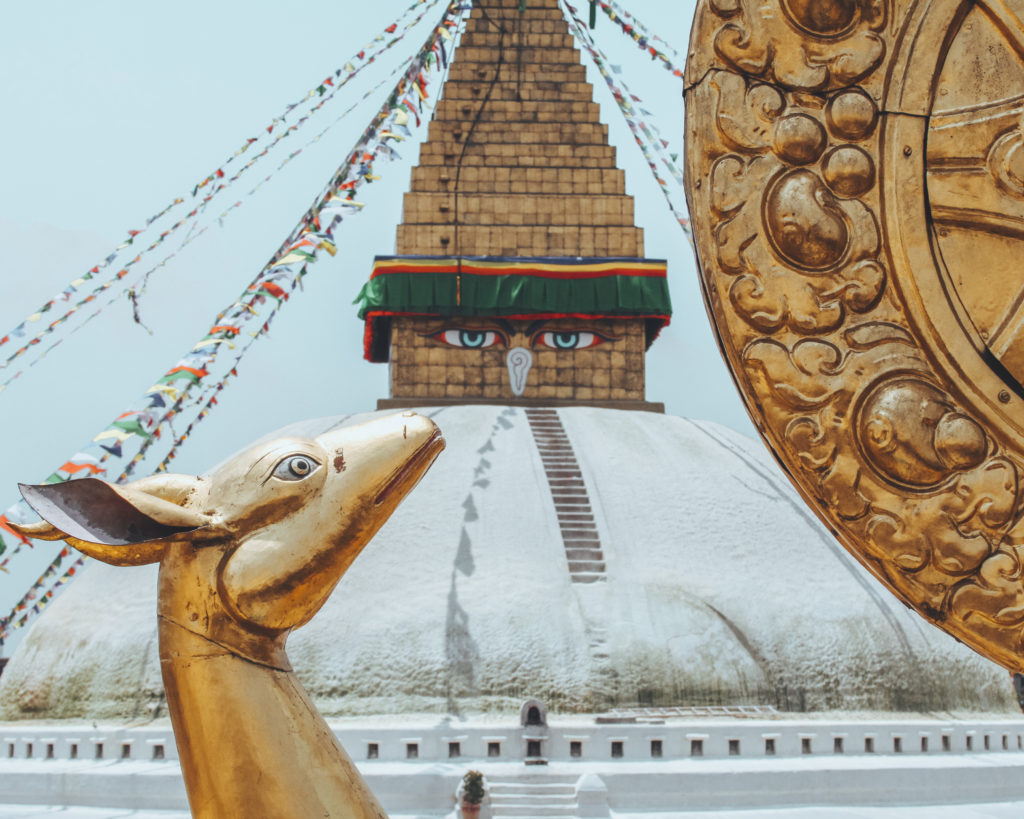
Death in Asia, Part I – Kathmandu Mistakes Man, Mistakes My wife and I travel a lot. Perhaps not as much as the average businessperson, but a lot no less. Especially abroad. But as much as we’ve traveled, we still make mistakes. These mistakes have led to missed flights, dangerous situations, wasted money, missed opportunities, lost property, lost time, anxiety, anger, frustration, and embarrassment. I wish I could say we’ll be mistake-free on future trips, but I know it’s not the case. On our four-week trip to India, Nepal, and Mount Everest Basecamp, we committed several mistakes. Not everything was entirely our fault, but still. And apparently our mistakes nearly led to my death, or so I was told. At any rate, I felt like death for about three weeks straight. So let this story serve as a warning to those that follow. Mistake #1: Trusting Someone Who Works Behind a Counter for a Living We were set to depart from Los Angeles International Airport (LAX) and arrive in Kathmandu, Nepal with layovers in Paris and Bahrain. It would only take us 32 hours in total. What a breeze. I suppose that’s what I get for traveling on airline miles. Checking in at the Air France counter was a typical encounter: Air France Employee: I have you checked all the way to Kathmandu. Us: Great. Thank you! Air France Employee: You will just have to exit the plane in Paris, collect your luggage, and check in at the counter for your flight to Bahrain. Us (thinking): (That seems strange. We have a very short layover in Paris. Why wouldn’t they just check our baggage all the way through?) Us: Ok great. Wait, will we have enough time in Paris to collect our luggage, go through customs, and then make it through all the lines to re-board? Air France Employee: Yes. Absolutely. You’ll have plenty of time. All Aboard After boarding the plane and sitting on the tarmac for almost an hour, we realized we were in trouble. But since there wasn’t much we could do about it, we decided to drink a lot and worry later. But after several drinks, several laughs, a nap, a failed attempt to watch a movie, and a pounding headache, we soon noticed we were descending into Paris. Our worries quickly reappeared. When landing at Charles de Gualle airport, we immediately went into “Amazing Race Mode” and pushed our way to the front of the plane as if we were exiting the Titanic. Long hallways, wheelchairs, and small children proved no match for our speed and agility. We found ourself in the connection crossroads with 25 minutes remaining until our next flight took off and just about tackled the first Air France employee we saw at a counter. Me: We’re connecting through the Bahrain but we need to exit, grab our luggage, make it through customs, and return. Can you help us? Air France Employee: Why weren’t your bags checked through to your final destination? Me: Good question. You tell me. (sarcasm completely lost on the employee) 15 minutes until our plane departed Air France Employee: Let me call someone. The best the Air France employee could offer was a walkie-talkie call to another employee near baggage claim. Our answers to some very important questions were relayed to the less-than-eager-sounding employee near baggage claim. Air France Employee: What color are the bags? Us: Black Air France Employee: What size? Us: Large. Us (thinking): (Shit, we’re not helping our case) 5 minutes until our plane departed Air France Employee: If we find your bags we will put them on the plane to Bahrain. You can pick them up there. The “if” in that statement particularly stood out to me for some reason. The reason being, “if” almost certainly meant they would not find our bags. Confused and discouraged by the entire situation, we boarded our plane to Bahrain. Bahrain In a small wing of the Bahrain airport we spent 8 hours waiting for our flight to Kathmandu. Well, waiting and hoping to see the arrival of our luggage. Every hour or so we’d check in at our gate to get a status update. Me: “Are our bags here yet?” Airline Counter Person:“What is your name?” Me: “I just talked to you an hour ago. We’re the couple who were waiting for our bags from Paris.” Airline Counter Person: “Oh, yes.” Me: “Yes, our bags are here??” Airline Counter Person: “No. Well, let me check. No.” With nothing really to do, we absorbed the sights, smells, and culture of the Bahrain airport. Airports be Crazy Sometimes Airports around the world are funny places. By that, I mean that you tend to see some very diverse people, but overall the airport seems to be a pretty genuine reflection and representation of the city’s population. In London’s Heathrow, you will certainly see more Oxford shirts, bespoke suits, Seville Row-like stuff on pale-looking people. In Miami International there’ll be more short-sleeved button-up shirts with the top two or three buttons unbuttoned, short shorts, and large gold necklaces on bronzed-looking people. In Los Angeles International there will certainly be more hipsters in sweatpants wearing sunglasses indoors. Even the restaurants seem to match. For example, I had the best mojito of my life while eating a cuban sandwich in the Miami airport. And I had Amazing sushi in Tokyo’s International Airport (Haneda). Etc., etc. Bahrain did not disappoint. I know we were in the Middle East, but I swear to you I was so surprised by all of the thawbs (dishdashas?) being worn by, well, almost everybody. I quickly scanned the room so my feeble brain could assess our surroundings. “It’s mostly men. All male goat herders. All huddled together on the floor. Wait, are they all really goat herders? This entire airport smells like livestock. So at least a bunch of these guys must be goat herders. But they couldn’t have all left their goats at home, right? Why do
12 Hours in Tokyo
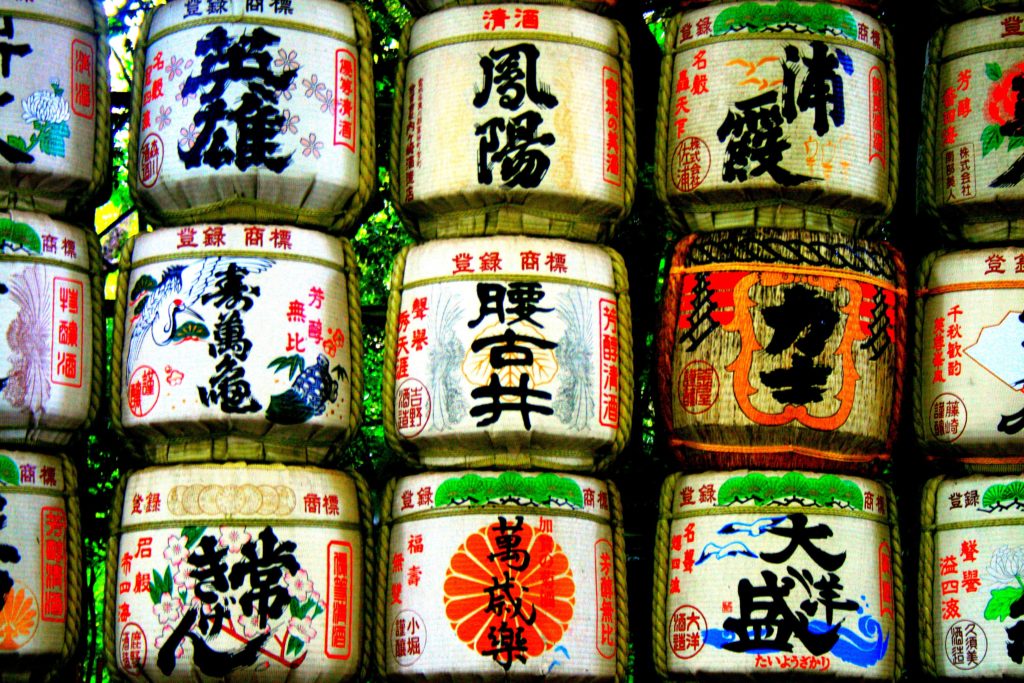
12 Hours in Tokyo You have a problem – you only have 12 hours in Tokyo, Japan. What can you do? What should you do? Here’s your guide: The Metro System Assuming you’re already in the city (Narita International is about an hour from downtown Tokyo)…hop on the clean, complex, amazing, incredibly efficient metro system. It’s one of the best forms of public transportation I’ve ever taken. It’s definitely something you shouldn’t miss. Heck, it’ll even make you feel like a pseudo-local! Before you get into the underground labyrinth, however, grab yourself a free map of the Tokyo metro in English. It’s easy to go to the official Tokyo metro website itself to get the map. You can quickly study and learn the different lines, which are all color coded. Next you should buy a PASMO card from a machine and recharge it when you get low. The Tokyo subway lines (over 27 of them) run from about 5am until around midnight. However, you definitely want to avoid the rush hours of 7:30am-9:30am and 5:30pm-7:30pm. This last bit is really important, lest you be spending your time waiting, cramped, and annoyed. Tsukiji Fish Market If you’re in the city in the morning, a great option is Tsukiji fish market, the world’s largest, busiest fish market. The best thing is, it’s free to visit. If you want to do it right, you should go at 5 a.m. to catch the live tuna auctions (note: there’s limited availability). The problem is, no trains are running at 4am. So, if you’re limited on time, you may miss the auctions, but the market is still worth the trip. By 9am the market will start to close. Finding the market can be a bit difficult. It’s located about 1.5km south of Tokyo Station. Just be on the lookout for the Namiyoke Inari Jinja Shrine, a Shinto shrine built in 1659 to protect workers from rough seas. The Shrine is at the entrance to the market. Tsukiji Market itself is not open every day. A list of holidays is actually available on the Tsukiji Market website (click on the ‘Tsukiji Market Calendar’ – the dates marked in red are a “no go”). An English guidesheet and map are also available at the market’s information booth. Once you’re done with the market, you’ll want to eat…um…fish, probably. So head over to the amazingly fresh Sushi Dai (Tsukiji Market Part 6 Bldg. 5-2-1 Tsukiji-shijo, Chuo-ku, Tokyo, Japan;). It will change your life. Asakusa Neighborhood and Senso-ji Temple Ok, on to the amazing, touristy, must-do things. Asakusa, an entertainment district in Taito, Tokyo, is an incredible area filled with festivals, temples, and Tokyo’s oldest geisha district (with 45 actively working geisha). Asakusa is served by the Ginza Subway Line, Asakusa Subway Line, Tsukuba Express and Tobu Railways. In the district, which is easily patrolled by foot, quickly head over to Nakamise street where you can grab traditional food, snacks, and souvenirs. Sensory temple, completed in 645 and therefore Tokyo’s oldest temple, has a cool story behind it. According to legend, in the year 628, two brothers who were fishing in the Sumida River ended up fishing out a statue of Kannon, the goddess of mercy. They kept throwing it back into the river but it always returned to them. Thus, the temple was built for Kannon. Harajuku Harajuku is simply the area around Harajuku Station (between Shinjuku and Shibuya on the Yamanote line). It’s a fashion district full of people who dress up like they’re on the show Toddlers and Tiaras. Basically, it’s a great place to shop and people watch. Many of the stores lean heavily on Western fashion and culture, but for some reason find a way to make it all way cooler. You’ll definitely find a lot of amazing stores with retro US clothing. Problem is…buying an 80s t-shirt from your alma mater will run you about $100. Yikes. Meiji Jingu Shrine in Shibuya Within walking distance of Harajuku – just west of the railway tracks – is Meiji Jingu shrine. The shrine, which was dedicated to the deified spirits of Emperor Meiji (the first emperor of modern Japan) and Empress Shoken, is located in the middle of a forested area. It’s great for a nice stroll away from the busy streets. The shrine, which was rebuilt after WWII and, when we saw it, was being renovated, is one of the Japan’s most popular shrines. So don’t expect to have it to yourself. However, if you’re lucky, maybe you’ll get to witness a traditional Shinto wedding.

